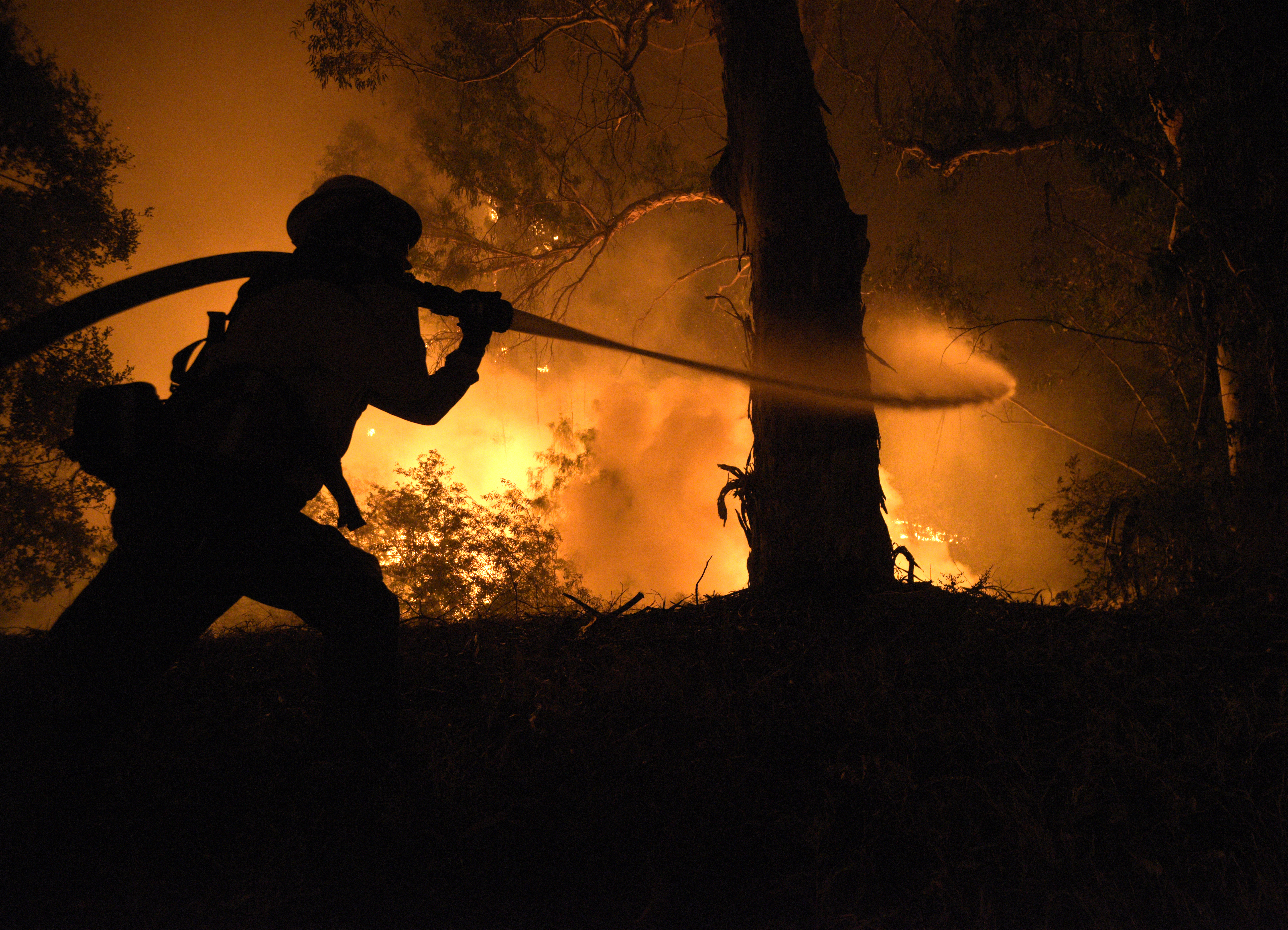Keep Your Home Safe from Wildfires with Tips from Giffin & Crane
Maintain Defensible Space Around Your Home

This past winter brought lots of much-needed rain to Santa Barbara, feeding prolific growth throughout our communities, from mountainside chaparral to the tall weeds along neighborhood streets.
While the new greenery marked a nice reprieve from years of drought, our arid landscapes tend to dry out quickly, especially during the heat waves of summer and fall. That’s when our local firefighting teams become extra-vigilant to keep us — and our homes — safe from Santa Barbara’s most common natural disaster: wildfire.
It’s not uncommon for wildfires to strike late in the year. The Tea Fire of 2008, which destroyed more than 200 homes, started on November 13. More recently, in 2017, the Thomas Fire began in early December; at the time, it was the largest wildfire in the history of state recordkeeping and destroyed more than 1,000 structures in Ventura and Santa Barbara counties.
Fortunately, you can help maintain community resilience by preparing your property for a wildfire emergency.
Start by maintaining what’s called defensible space around your home and outbuildings. This involves removing dead and overgrown vegetation to create a roomy buffer around your home from which firefighters can defend against approaching embers and flames. Landscaping with fire-resistant plants and replacing vegetation with hardscaping can also be beneficial. Focus your efforts within 100 feet of structures and roadways.
It’s also important to properly maintain trees and hedges along driveways so that emergency vehicles have unobstructed access.
To save time and money, take advantage of your neighborhood chipping program, which will chip or haul away the branches and other dry vegetation that you’ve cleared from your property.
Reach out to the experts. Many local landscaping companies are familiar with the best practices for our region, and fire departments across Santa Barbara County offer free consultations on wildfire preparedness.
Last but certainly not least: Our emergency professionals highly recommend that you review your evacuation plan — if you don’t have one, make one — and never hesitate to get out of harm’s way.
This PSA originally appeared at giffinandcrane.com.



